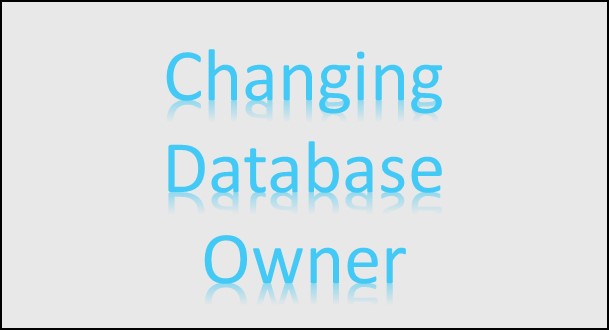SQL Server Recovery time is the time it takes for SQL Server to rollback or roll-forward … SQL Server recovery timeRead more
System Stored Procedures
SQL Agent job history gets deleted
Ever wondered why the SQL Agent job execution history gets deleted at regular intervals?
T-SQL function SERVERPROPERTY
The T-SQL function SERVERPROPERTY returns a lot of properties about the current SQL Server instance. The … T-SQL function SERVERPROPERTYRead more
Map users to logins
“Why can’t I login after the database restore?” As a DBA, this is one of the … Map users to loginsRead more
sp_cycle_errorlog
Sometimes the error log files in SQL Server get too large to view and manage in … sp_cycle_errorlogRead more
Logging changes to sys.configurations
Some server wide settings can have major negative impact if they are changed in your SQL … Logging changes to sys.configurationsRead more
sp_MSforeachdb
sp_MSforeachdb is an undocumented system stored procedure that lets you iterate through all databases on an … sp_MSforeachdbRead more
An alternative to xp_fixeddrives
Want to know the disk space available on your database server from T-SQL? This can be … An alternative to xp_fixeddrivesRead more
Changing the database owner
When a database is created, the logged in user is set as the database owner as … Changing the database ownerRead more
xp_logininfo
This system stored procedure returns information on windows accounts or groups in SQL Server. One of … xp_logininfoRead more

